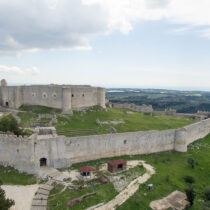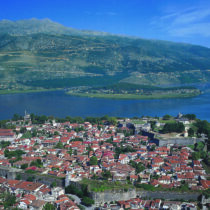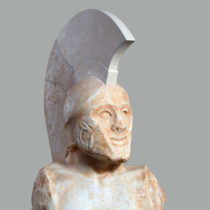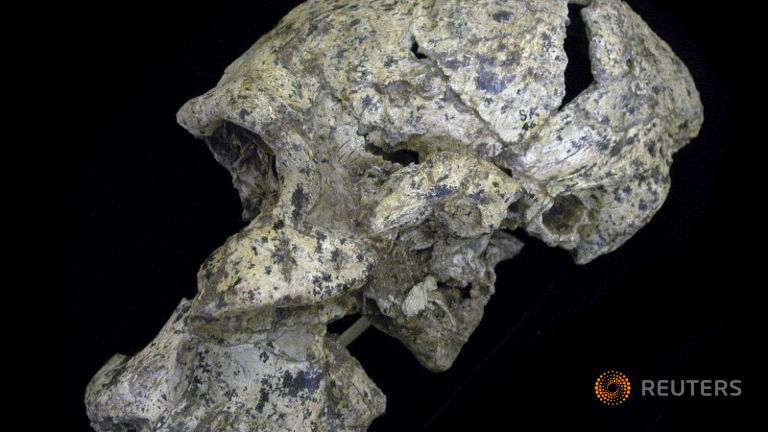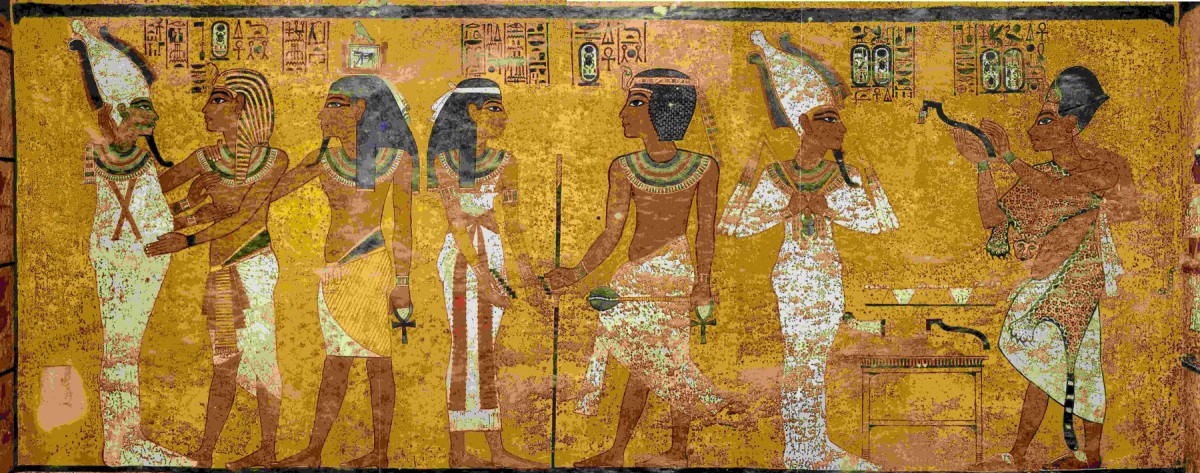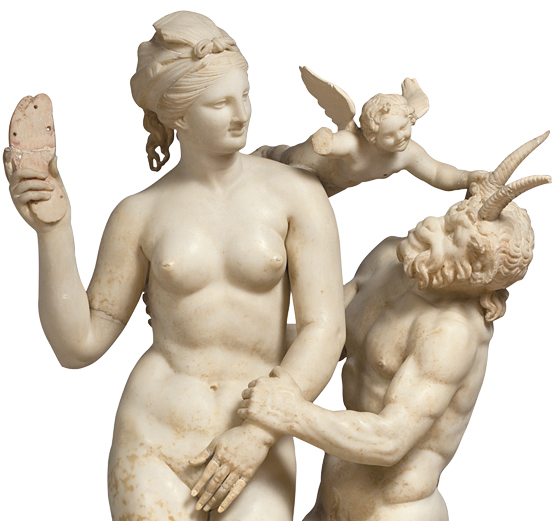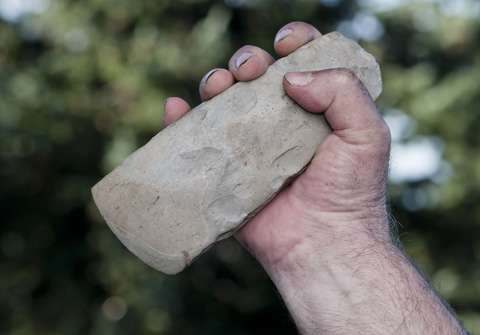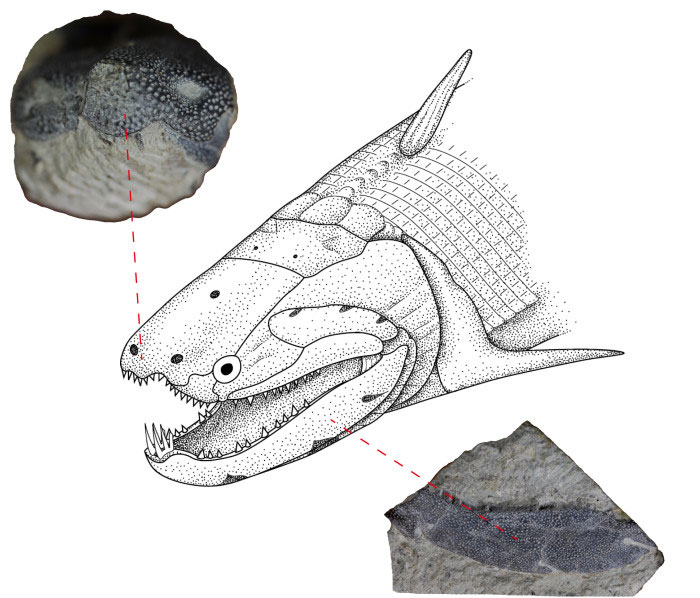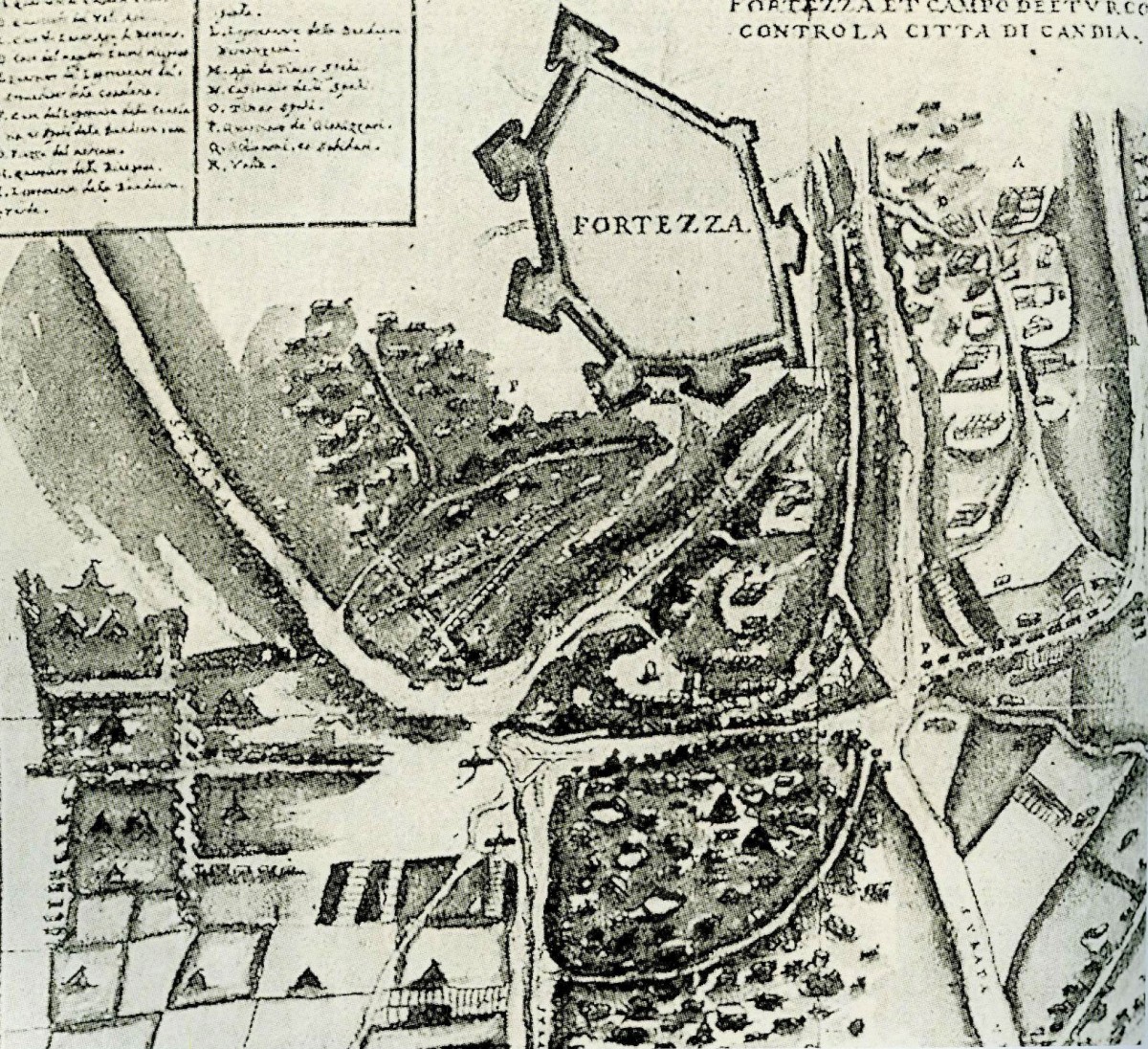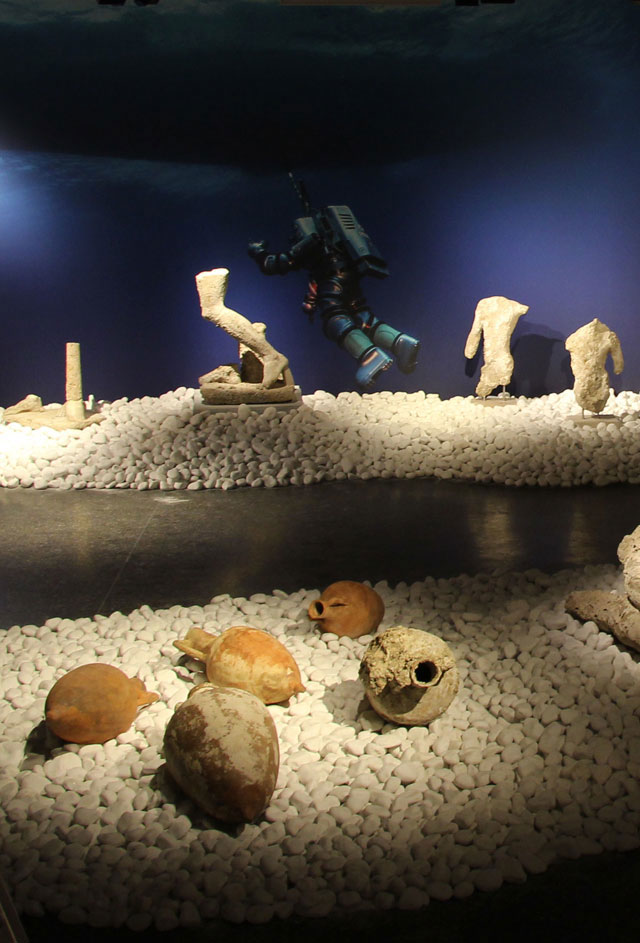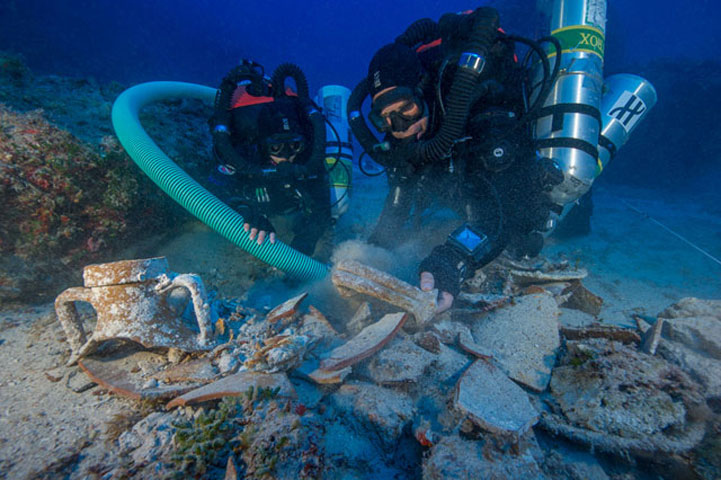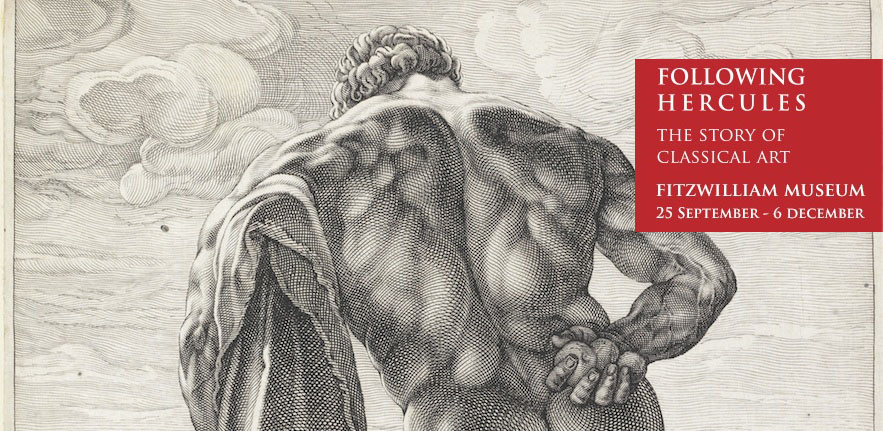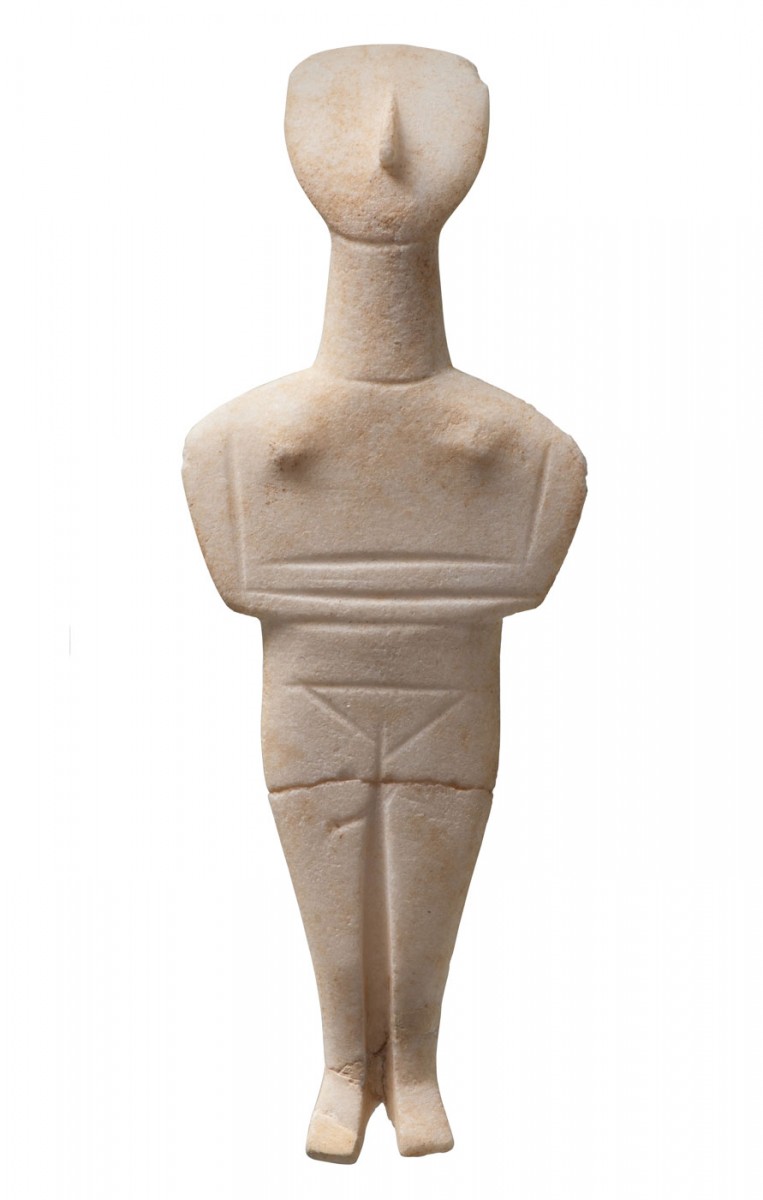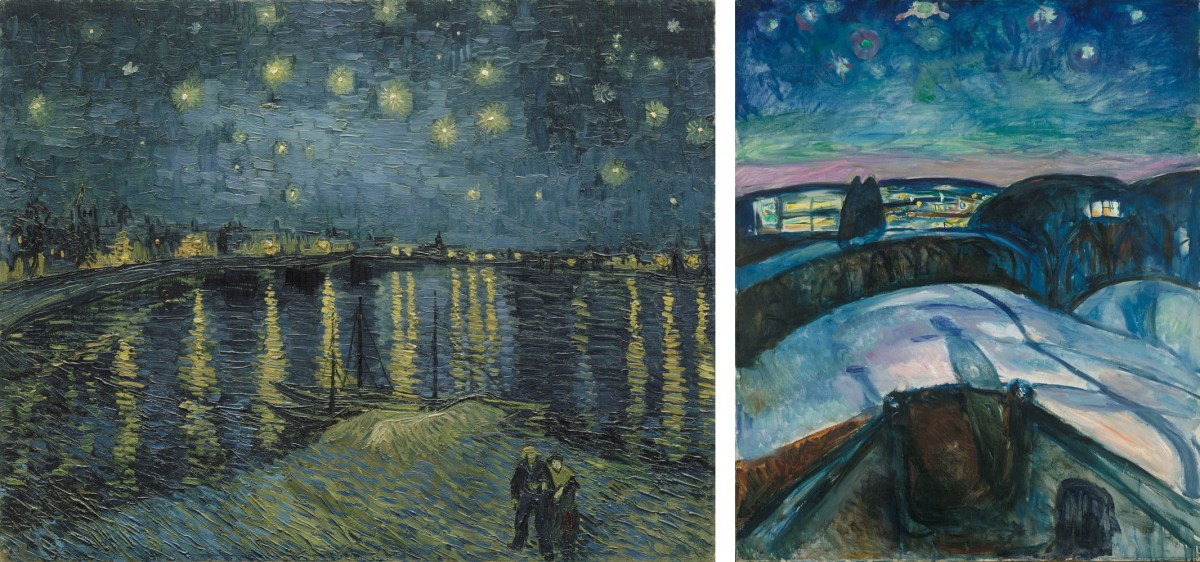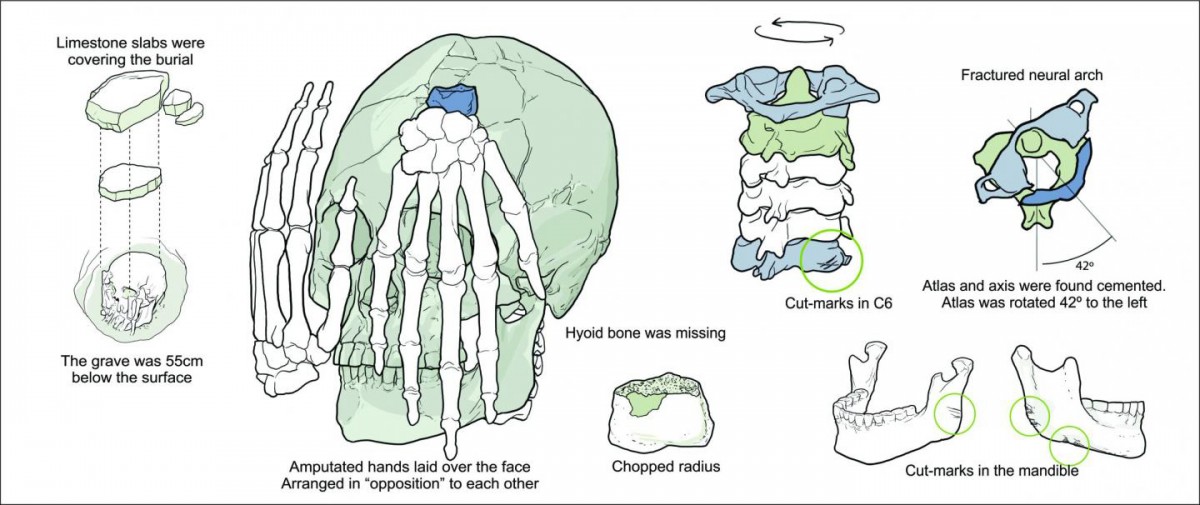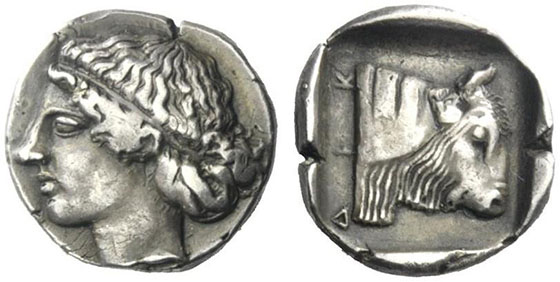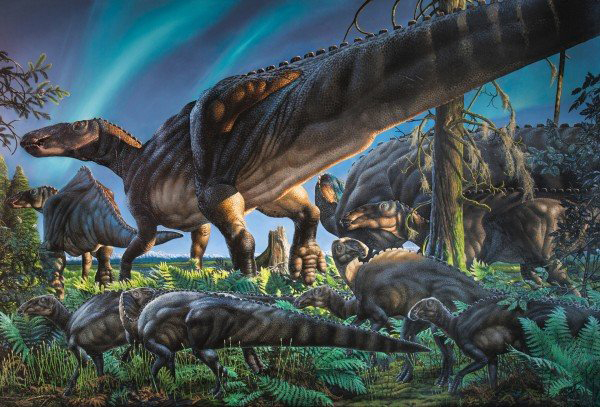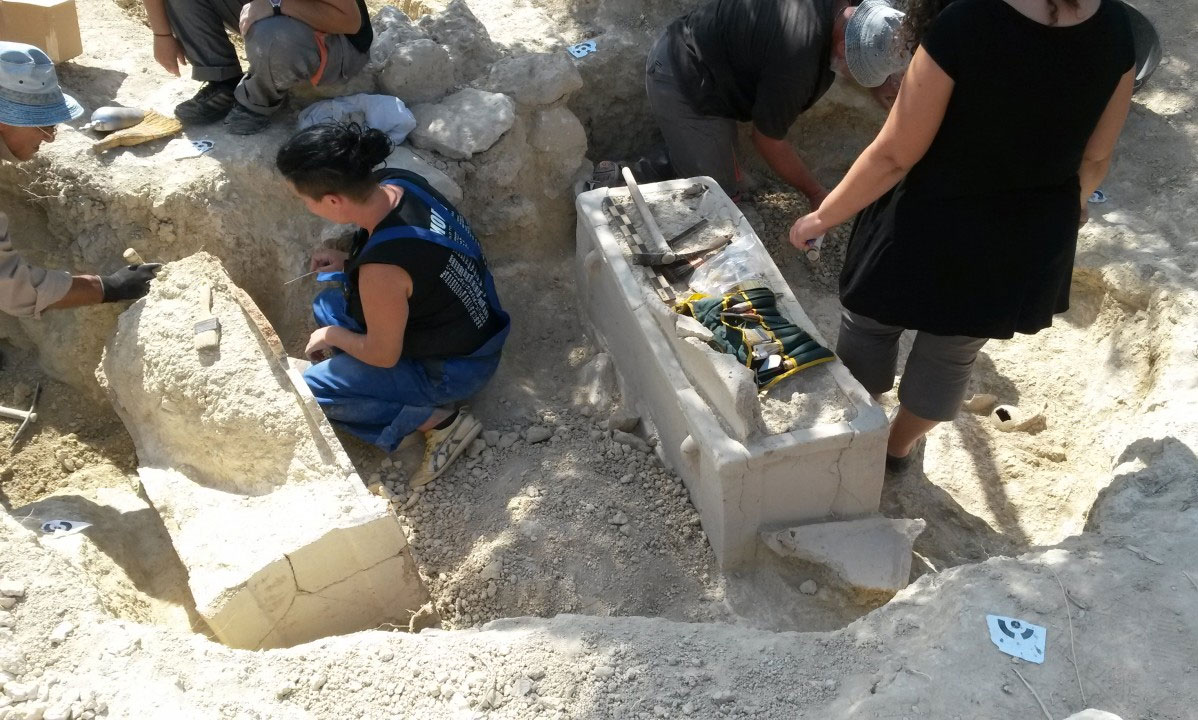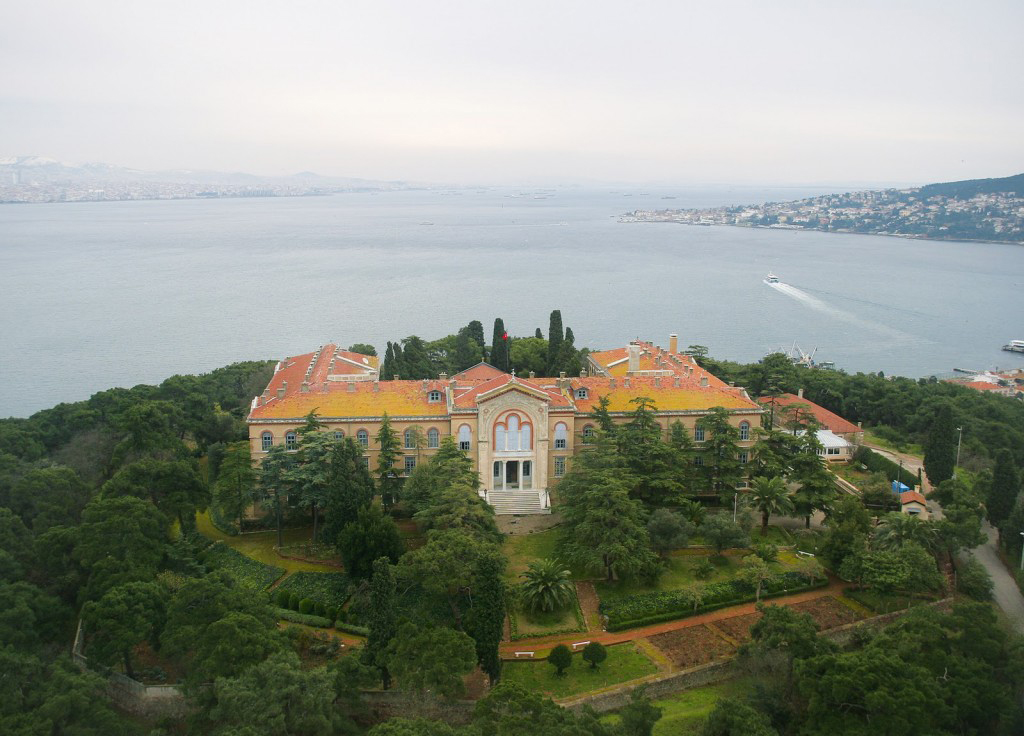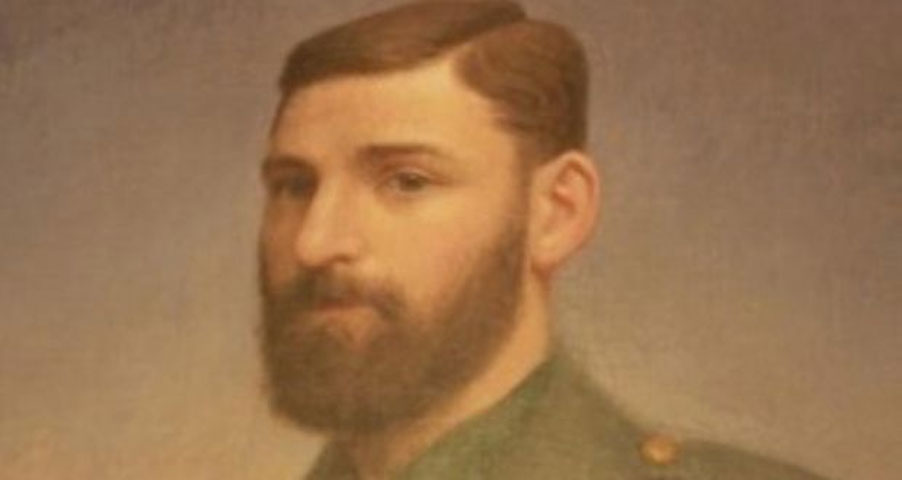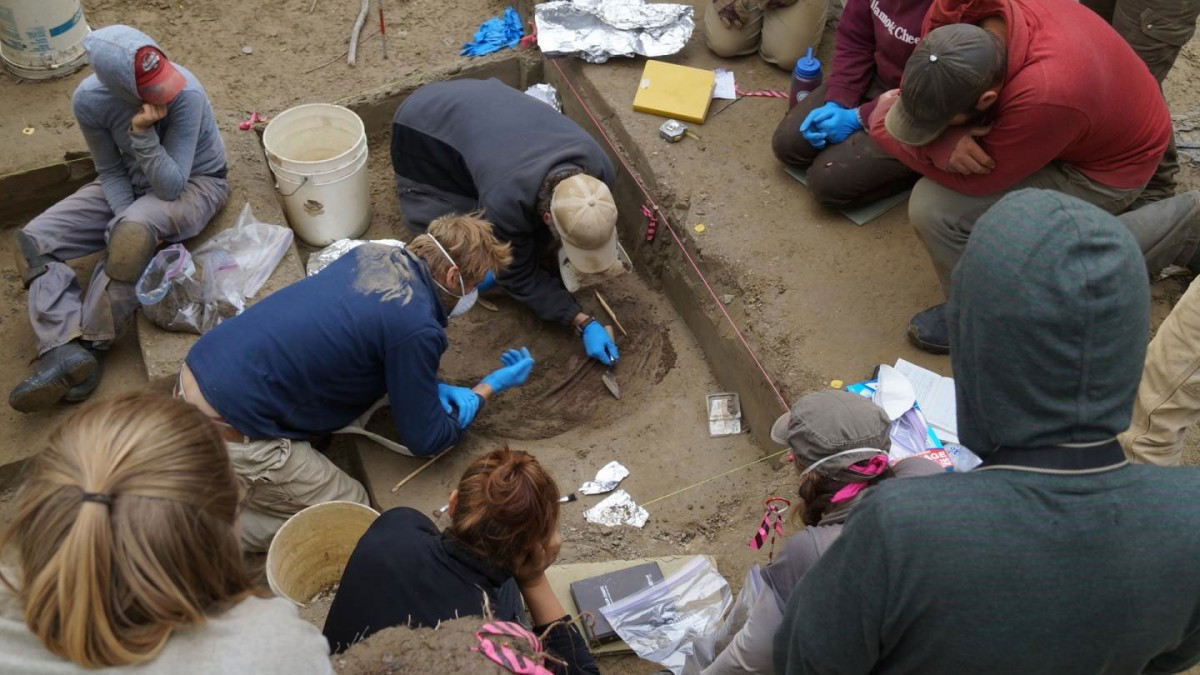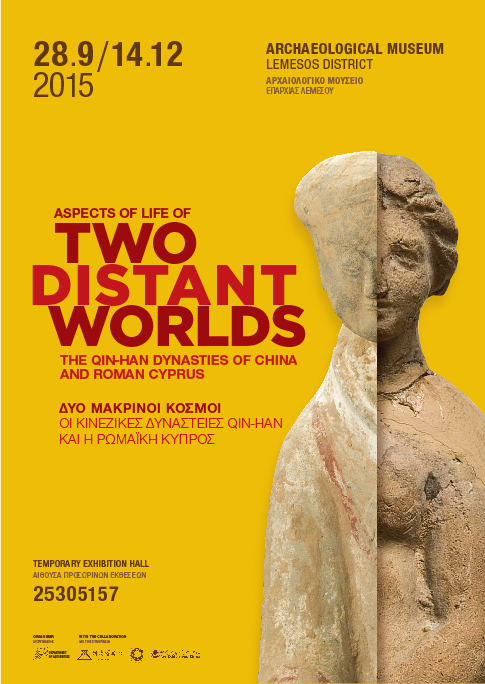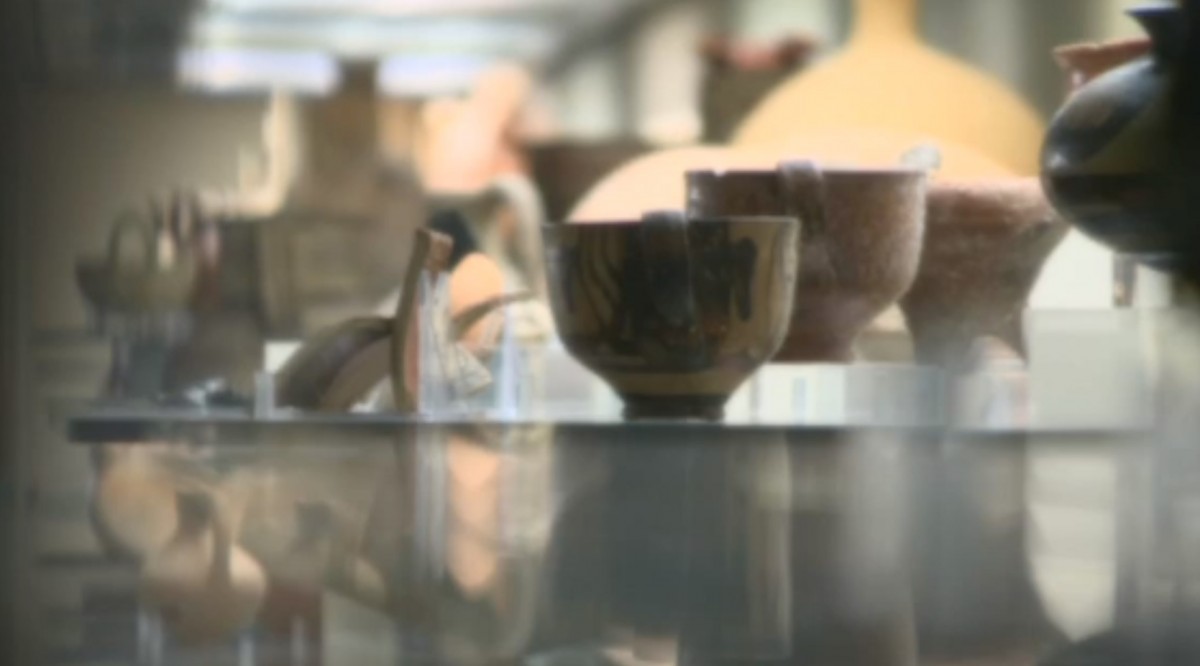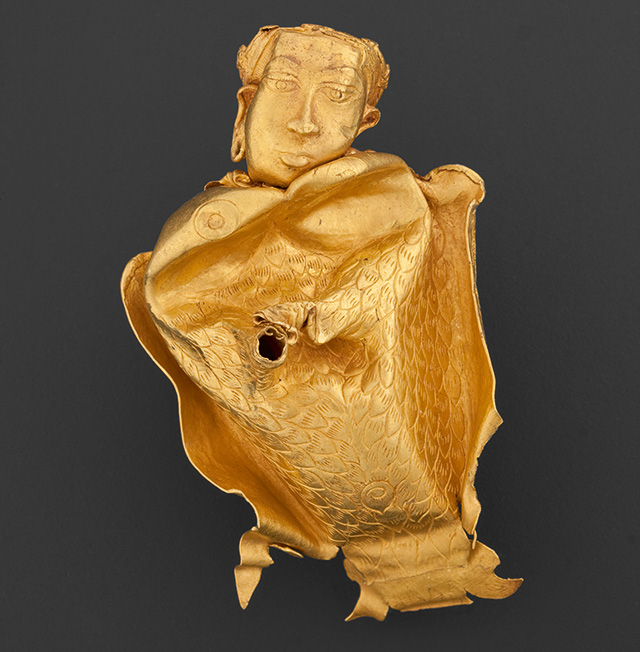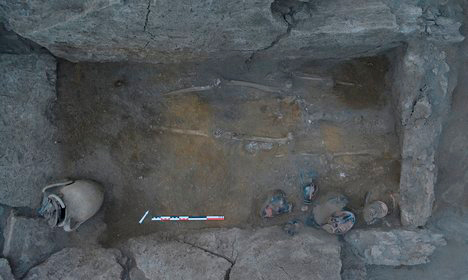Early humans’ hearing pattern resembles chimpanzees
Research into human fossils dating back to approximately two million years ago reveals that the hearing pattern resembles chimpanzees, but with some slight differences in the direction of humans.
Fulbright Foundation Scholarship for Secondary School Educators
The Fulbright Foundation in Greece will award up to three grants to Greek secondary school educators to attend the 2016 Study of the United States Institutes.
Tutankhamun’s tomb might soon reveal sensational secrets
After inspecting Tutanhamun's tomb, Egyptian Minister of Antiquities Mamdouh Eldamaty announced on Monday that the tomb's northern and western walls both hide chambers.
Greek Studies on Site
Greek Studies on Site offers 2-week intensive courses of study for students with a special interest in Greek literature, as well as 1-week classes for those interested in exploring Greek culture.
How to find out about the human mind through stone
Researchers at the UPV/EHU-University of the Basque Country are looking at flint flakes to study laterality in Palaeolithic humans, in other words, which hand they used to fashion their artifacts.
Enamel evolved in the skin and colonized the teeth much later
When did the enamel that covers our teeth evolve? And where in the body did this tissue first appear?
Fortifications in Crete (Part 4)
During the period of Turkish Rule, the new masters of the island preserved and repaired the most important forts already existing on Crete, while in the 19th century, they began the construction of a new, large scale fortification network in rural areas.
Old Kingdom wooden statuette to be repatriated from France
A 6th Dynasty wooden statuette will soon be repatriated from France. The artefact was stolen from the Saqqara Museum Store.
The Sunken Treasure of Antikythera on show in Switzerland
The exhibition tells the story of a ship that sank around 70/60 BC during a storm off the Island of Antikythera near Crete...
Antikythera Shipwreck: Fabulous finds with every single dive
Archaeologists excavating the famous ancient Greek shipwreck that yielded the Antikythera mechanism returned to the field this summer to find out that it is far from exhausted.
Following Hercules: The story of classical art
The exhibition "Following Hercules" tells the story of classical art, namely why casts of Greek and Roman art remain awesome and relevant, through the mythical figure of the famous hero.
Munch and Van Gogh meet in Amsterdam
The Van Gogh Museum is presenting "Munch : Van Gogh", the long-awaited major exhibition that brings together work by Vincent van Gogh and Edvard Munch for the first time in history.
9,000-year-old ritualized decapitation found in Brazil
A 9,000 year-old case of human decapitation has been found in the rock shelter of Lapa do Santo in Brazil.
Religious acts in the reconciliation agreement of Dikaia
"Religious acts in the reconciliation agreement of Dikaia" is the topic to be presented by E. Voutiras in the framework of The Athens Greek Religion Seminar, organized by the Swedish Institute at Athens.
New dinosaur species discovered in Alaska
Ugrunaaluk kuukpikensis, which means ancient grazer of the Colville River, endured months of winter darkness and probably experienced snow.
Minoan tomb with clay sarcophagi found in northern Crete
A rock-cut tomb of the Late Minoan period (around 1300 BC) was located in an rural area near the Malevisi Monastery in Heraklion of northern Crete.
2nd International Meeting for Conservation & Documentation of Ecclesiastical Artefacts
"Preservation or just an obsession" is the title of the 2nd International Meeting for Conservation & Documentation of Ecclesiastical Artefacts.
DNA analysis identifies long-lost remains of Irish nationalist
Αrchaeologists and geneticists at University College Dublin (UCD) have identified the remains of Irish nationalist Thomas Kent, one of 16 men executed by the British in 1916 after the Easter Rising.
Earliest evidence of ancient North American salmon fishing verified
Researchers in Alaska have found the earliest known evidence that Ice Age humans in North America used salmon as a food source.
The Qin-Han Dynasties of China and Roman Cyprus: Aspects of Life of Two Distant Worlds
“The Qin-Han Dynasties of China and Roman Cyprus: Aspects of Life of Two Distant Worlds” opens at the Archaeological Museum of the Lemesos District, Cyprus, on Monday the 28th of September 2015.
Relics from Palmyra and Nimrud are now for sale in London
Archaeologist Dr Mark Altaweel from the Institute of Archaeology at University College London warns once again that antiquities looted in Syria are being sold in London.
Philippine Gold in New York
An exhibition of gold artefacts from the Philippines opened earlier this month at the Asia Society in New York. "Philippine Gold: Treasures of Forgotten Kingdoms" will run until 3 January 2016.
Pre-Roman tomb unearthed in Pompeii
An undisturbed 4th-century BC burial of an adult woman was found in Pompeii. The find is expected to shed light on social aspects of the Pre-Roman era.


